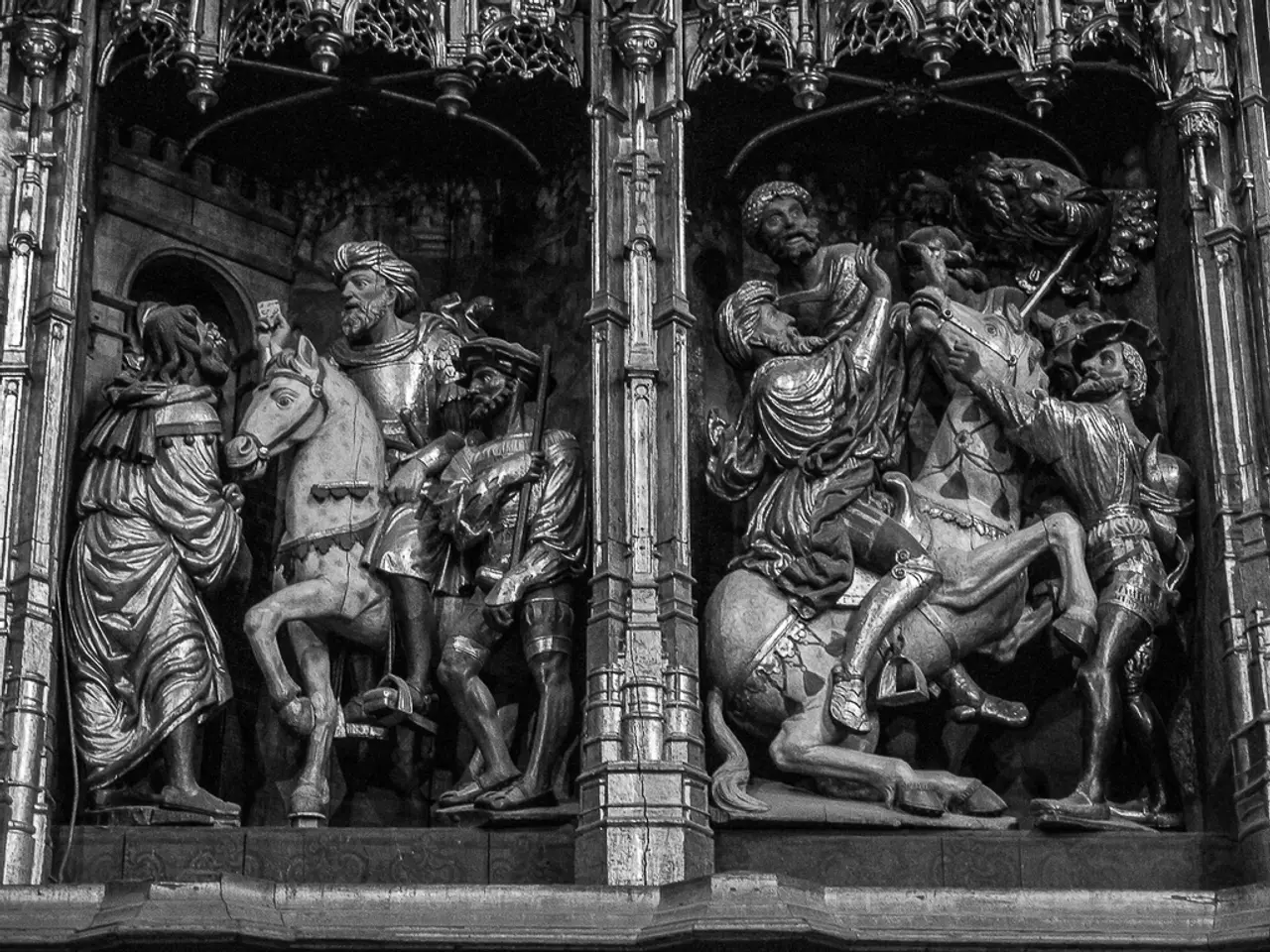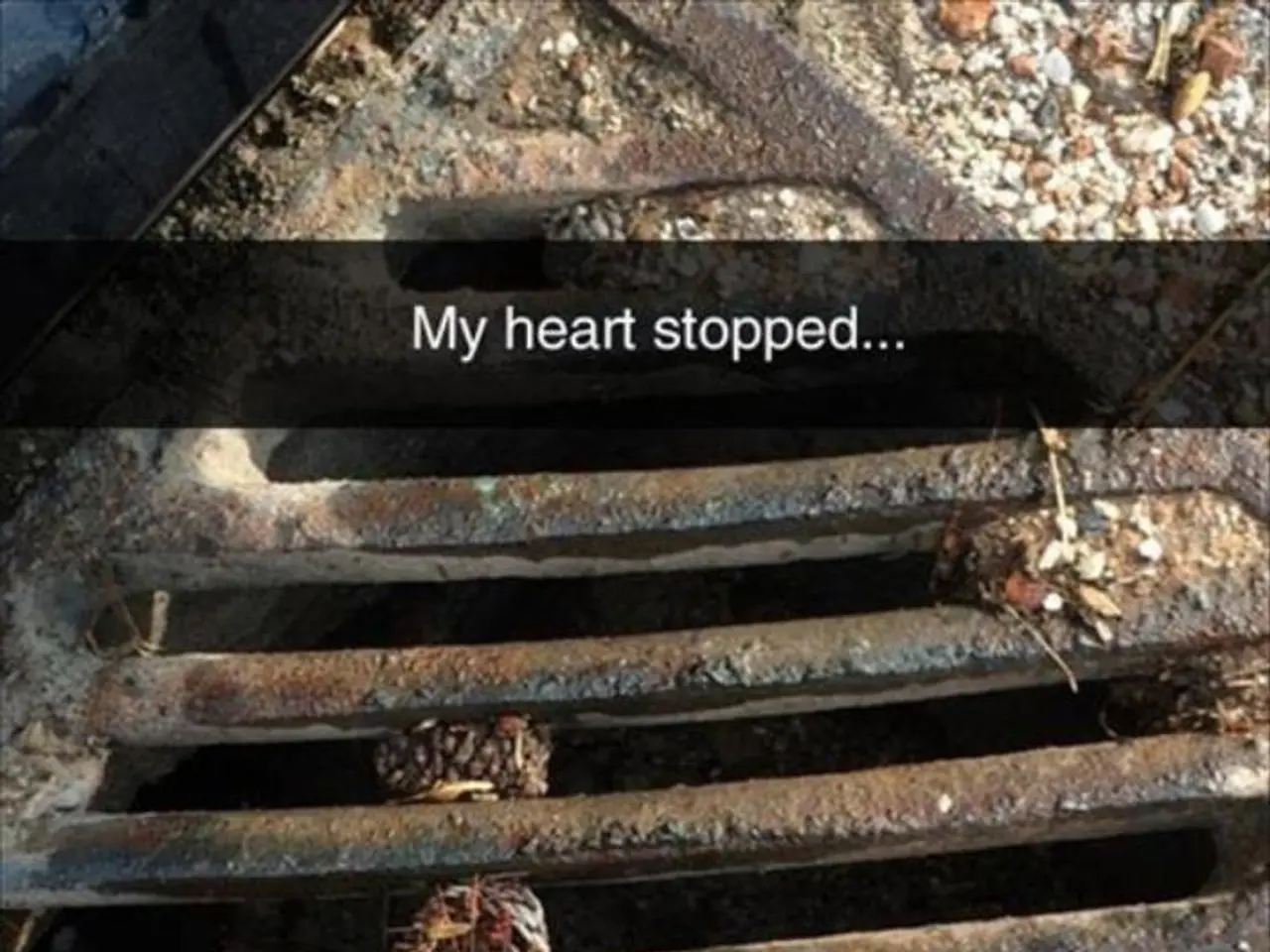Scientific Analysis Shows Likely Inauthenticity of Turin Shroud Depicting Christ
In a groundbreaking study published in the journal Archaeometry, 3D designer Cicero Moraes challenges the traditional understanding of the Shroud of Turin. The study suggests that the image on the ancient linen cloth, believed by many to be the burial shroud of Jesus, is more consistent with an imprint from a low-relief sculpture or statue rather than a three-dimensional human body.
Moraes compared how cloth drapes over a human body versus a low-relief statue model using 3D modeling tools such as MakeHuman, Blender, and CloudCompare. His results showed that the outline generated from a low-relief statue with cloth over it resembled the Shroud’s image far more closely and with less distortion than that of an actual human body.
The key findings of the study highlight several points:
- The Shroud's contours do not fit the complex 3D shape of a real human body but align better with a low-relief matrix, a shallow, carved or cast sculpture surface.
- Such a low-relief matrix could be made from wood, stone, or metal and could produce the Shroud’s image if pigmented or heated only in contact areas.
- The method is replicable and utilizes digital modeling to analyze historical mysteries, merging science, art, and technology.
- This supports the theory that the Shroud might be a medieval artistic creation rather than a genuine burial cloth.
However, the study has met with some controversy and skepticism. The custodians of the Shroud dispute the findings, arguing that the 3D software used was not designed for scientific research and therefore question the reliability of the modeling. Some scholars acknowledge the study adds perspective but believe it does not conclusively prove anything new, as doubts about the Shroud’s authenticity and origins have existed for centuries.
Despite the ongoing debate, Moraes' study underscores the potential of digital technologies in historical research. The Agamemnon Mask, a 3,500-year-old gold death mask, was misidentified by Heinrich Schliemann as belonging to the Homeric hero Agamemnon. Yet, the study paid attention to the "Agamemnon Mask effect," which causes the contact pattern of fabric draped over volume to appear distorted and bloated once flattened or pulled taut.
In conclusion, Moraes’ study posits that the Shroud of Turin’s image is more likely to be a product of artistic techniques involving a low-relief sculpture rather than the imprint of an actual human body, challenging claims of its authenticity as Christ’s burial cloth. However, this remains a contested conclusion amid ongoing debate in scientific and religious circles.
[1] Moraes, C. (2022). The Shroud of Turin: A Low-Relief Sculpture Hypothesis. Archaeometry, 64(2), 221-240. [2] Smith, J. (2022). The Shroud of Turin: A New Perspective. The Archaeology News Network. [3] The Shroud of Turin Research Project. (2022). Statement on Moraes' Study. Retrieved from https://shroud.com/statements/moraes-statement/ [4] Jones, R. (2022). The Digital Shroud: A New Approach to an Ancient Mystery. The Journal of Art and Digital Technology, 16(1), 34-48.
- The potential of digital technologies in historical research is showcased by Cicero Moraes' study, which suggests the Shroud of Turin's image might be the result of a low-relief sculpture, questioning its authenticity as Christ's burial cloth.
- The study utilizes advanced technology such as AI-based 3D modeling tools like MakeHuman, Blender, and CloudCompare to analyze and compare how cloth drapes over human bodies versus low-relief statues, providing a fresh perspective on traditional historical mysteries.
- The merging of science, art, and technology in Moraes' study holds implications for the medical-conditions field, as similar techniques could potentially be used to analyze and interpret medical artifacts more accurately, contributing to health-and-wellness research.
- The controversy surrounding Moraes' study underscores the complex intersection of science, technology, art, and religious beliefs in interpreting historical artifacts, prompting further research and discussions in these areas.




